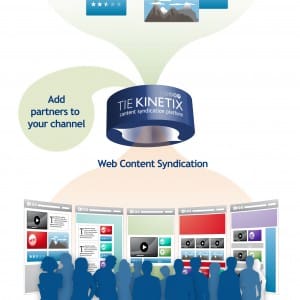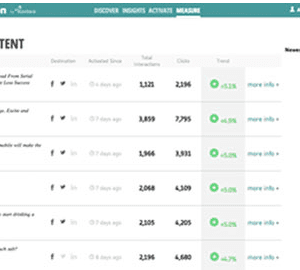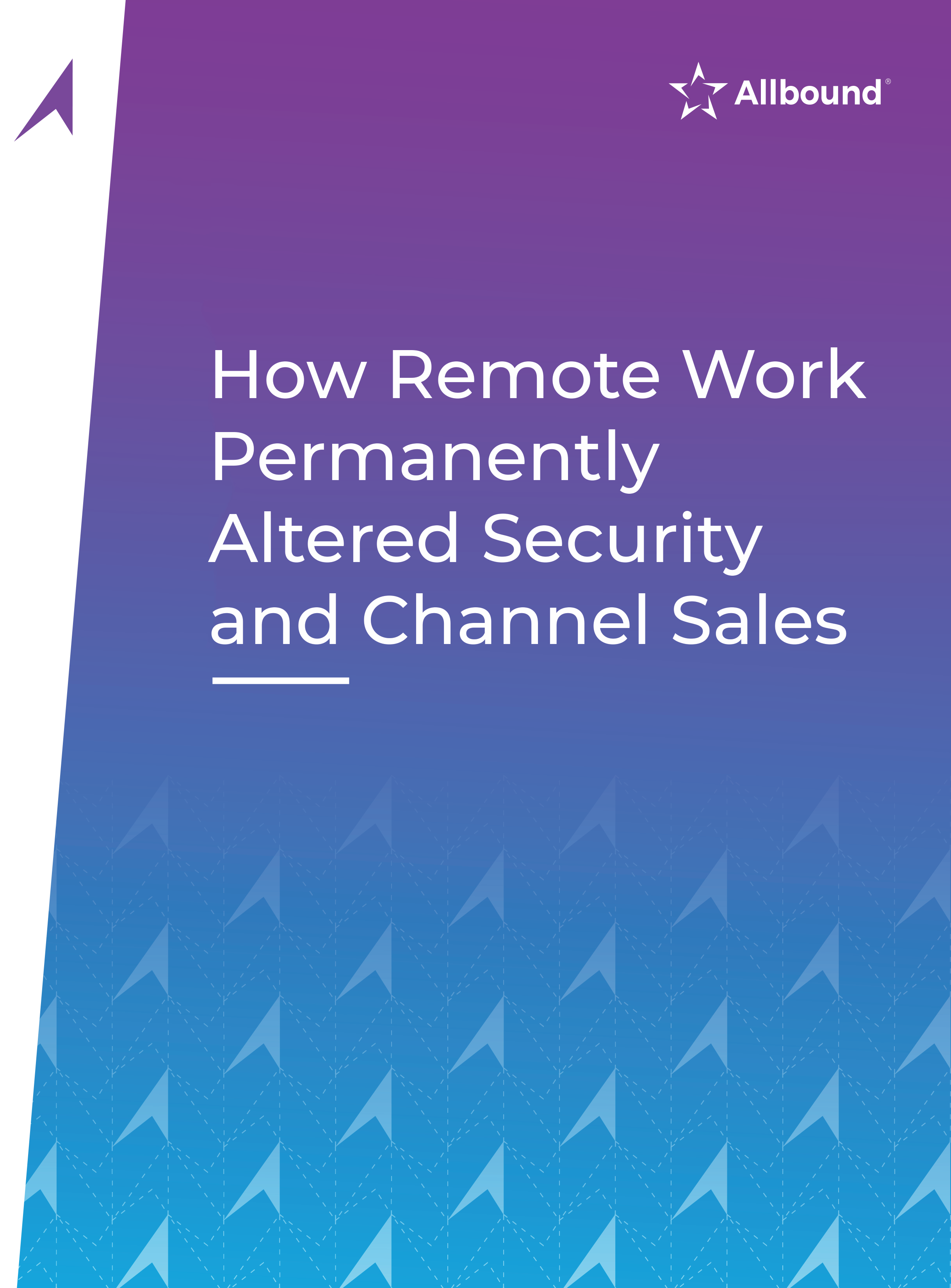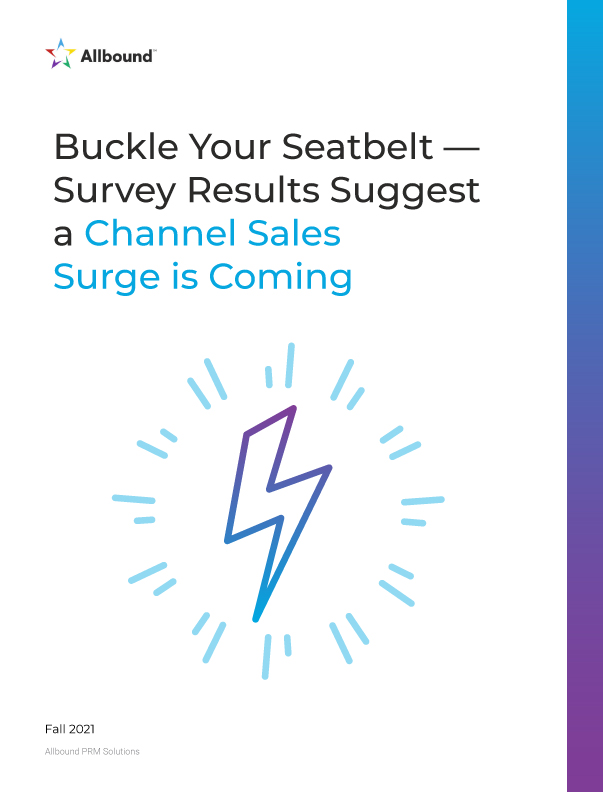Special Features
7 Signs Of Data Meltdown
 By Dion Picco, Sr. Director, Product Marketing, Progress
By Dion Picco, Sr. Director, Product Marketing, Progress
Tired, headache, can’t focus? These are all symptoms that plague channel marketers around the world every day.
If you’re experiencing any of these, you might be in a losing battle with your organization’s data. Ignore the symptoms at your own peril, as they will only get worse!
Today’s channel marketers have the power to use analytics to make powerful decisions. There are terabytes and terabytes of data out there to help them understand and react to their customers and prospects better than ever before. But someone has to find, collate and present that data in a sensible form in order for it to be of any use to marketing and sales teams.
In fact, IBM’s State of Marketing 2013 Survey found that marketers around the world who use analytics in understanding individual customer preferences — and therefore pinpoint media spend to target them — are more successful than others in meeting revenue goals. In contrast, IDC’s estimated “80% of customer data will be wasted due to immature enterprise data ‘value chains,’” in its 2014 CMO Predictions report.
Channel partners are hungry for a better way to go from data to dashboard, but like any ailment, there are many pain points along the way.
To get the most out of data to inform indirect marketing programs, channel marketers must take the time to analyze their specific issues and come up with a treatment plan that gets at the root cause of their problem. Or, they risk a full data meltdown.
Here’s a look at seven potential danger signs, how to identify them, and of course, ways to fix them before they spread out of control:
Diagnosis: Poor Data Quality
- Symptoms: You’re not getting the data you need to present the right metrics.
- Cure: 360-degree access to all available data sources to increase quality and performance.
Diagnosis: Data Bloat
- Symptoms: Overwhelmed by the prospect of accessing and correlating all the data coming at you. Failure to reconcile different data sources can lead to mismatches of fact and misinterpretation of what the data actually means.
- Cure: Report customization on the fly by adding or removing fields from multiple data sources.
Diagnosis: Data Deficiency
- Symptoms: Difficulty segmenting data in the exact way you need it because you either don’t have access to enough data sources or you’re missing the necessary context to make sense of the data in front of you.
- Cure: Identify a way to build reports that blend and combine data from both SaaS and on-premise applications, such as Salesforce, Eloqua, HubSpot, OpenEdge and others.
Diagnosis: Inflexible Reporting Tool
- Symptoms: Vendors or clients asking for too many new reports, and you can’t keep pace. Reports you deliver aren’t meeting vendor/client needs.
- Cure: Get a new tool! Look for one enables customization on the fly by adding or removing fields from multiple data sources.
Diagnosis: Poor Feedback Cycles
- Symptoms: You’re constantly running around having to update data, create ad hoc lists, views and reports. Followed by a rush to share with various internal and partner stakeholders. This is the fastest route to a serous data meltdown.
- Cure: Use the cloud to make sure your data is updated in real time and across multiple sources. Find a tool that not only stores the combined data from your applications, but automatically refreshes it.
Diagnosis: Stale Data
- Symptoms: A constant feeling that you’re being “duped” by your data. For instance, your A/B testing tells you that A is better than B after the campaign is already over.
- Cure: Effective marketing decisions that benefit you and your channel partners can only be made with fresh, real-time data.
Diagnosis: Arms-Length IT
- Symptoms: Blocked IT requests and unsightly data flows. An eerie feeling that you’ve been cut off from the IT resources you need to get things done.
- Cure: Look for a solution that doesn’t require IT involvement (beyond set-up), and one that enables easy integration of disparate data sources with minimal IT programming resources.
If you’re showing any of the above symptoms, you probably need a better approach to data integration, analysis and report sharing. Armed with the right tools, channel marketers can gain easy access to the resources necessary to create sophisticated applications in a matter of minutes, rather than the weeks it takes using conventional infrastructure services. This means more time left for you to do the “other stuff” — whether that’s taking on more other data collection/reporting requests or otherwise.
Dion Picco is Senior Director of Product Marketing at Progress, an app development and data integration company. To learn more about how to simplify data integration and data sharing to assemble meaningful reports, visit http://www.progress.com/products/easyl.














